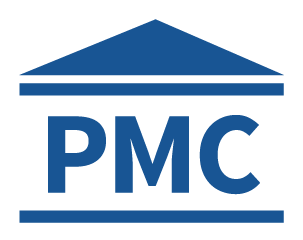September, 2019
Ralf Gutzmer, Prof. Dr. med., Susanne Wiegand, Prof. Dr. med., Oliver Kölbl, Prof. Dr. med., Kai Wermker, PD Dr. med. Dr. med. dent., Markus Heppt, Dr. med, and Carola Berking, Prof. Dr.
Abstract
Background
Cutaneous squamous cell carcinoma (cSCC) and its precursors, actinic keratoses (AK), are common. Physicians of multiple specialties are confronted with their treatment.
Methods
This review is based on publications retrieved by a selective search in PubMed, as well as on the German guidelines on AK and cSCC, skin cancer prevention, and surgery with histologic guidance.
Results
Local treatments for AK include lesional cryotherapy, curettage, and laser ablation as well as field-directed treatments with topical agents, e.g., diclofenac plus hyaluronic acid, imiquimod, 5-fluorouracil, ingenol mebutate, and photodynamic therapy. These treatments can be administered in various sequences or combinations, depending on individual factors and the stage of the disease. The gold standard of treatment for cSCC is histologically confirmed complete resection; radiotherapy is an alternative. Locally uncontrollable or metastatic disease is treated with systemic drugs. The use of various chemotherapeutic agents, EGFR-directed therapies, and the PD-I inhibitor cemiplimab, either singly or in combination, has been described in uncontrolled trials and case series. Cemiplimab has a reported response rate of 47% and was recently approved for the treatment of advanced cSCC.
Conclusion
There are many options for the treatment of AK and cSCC that must be considered in the interdisciplinary care of these entities.











